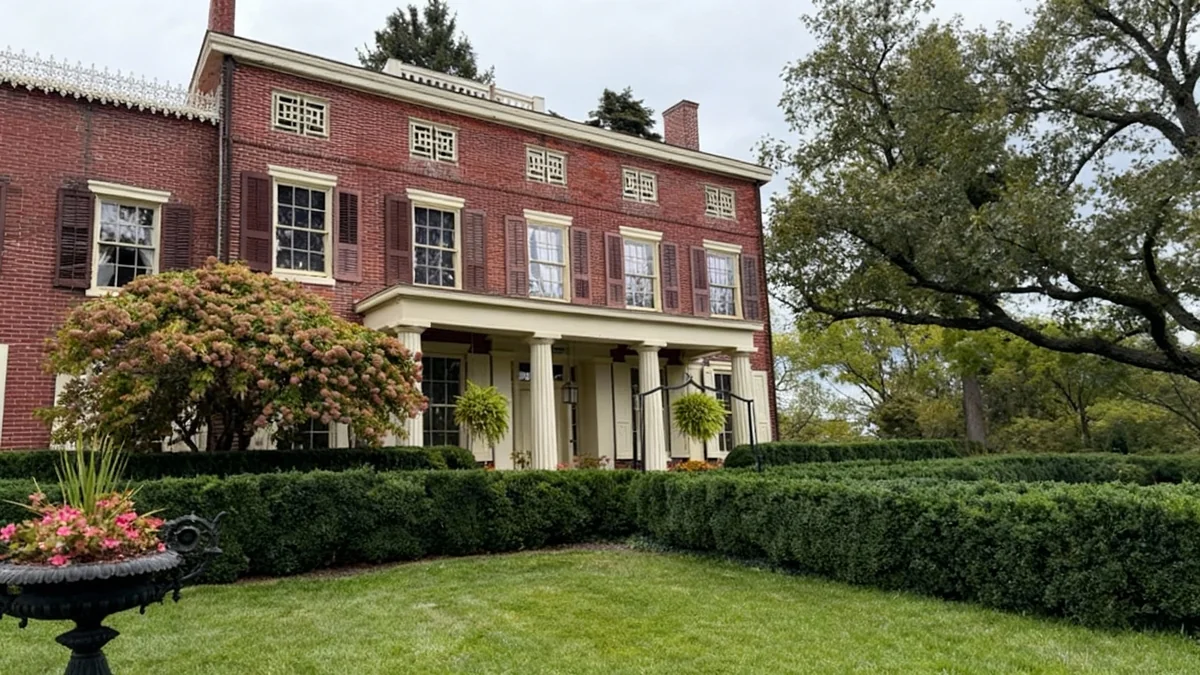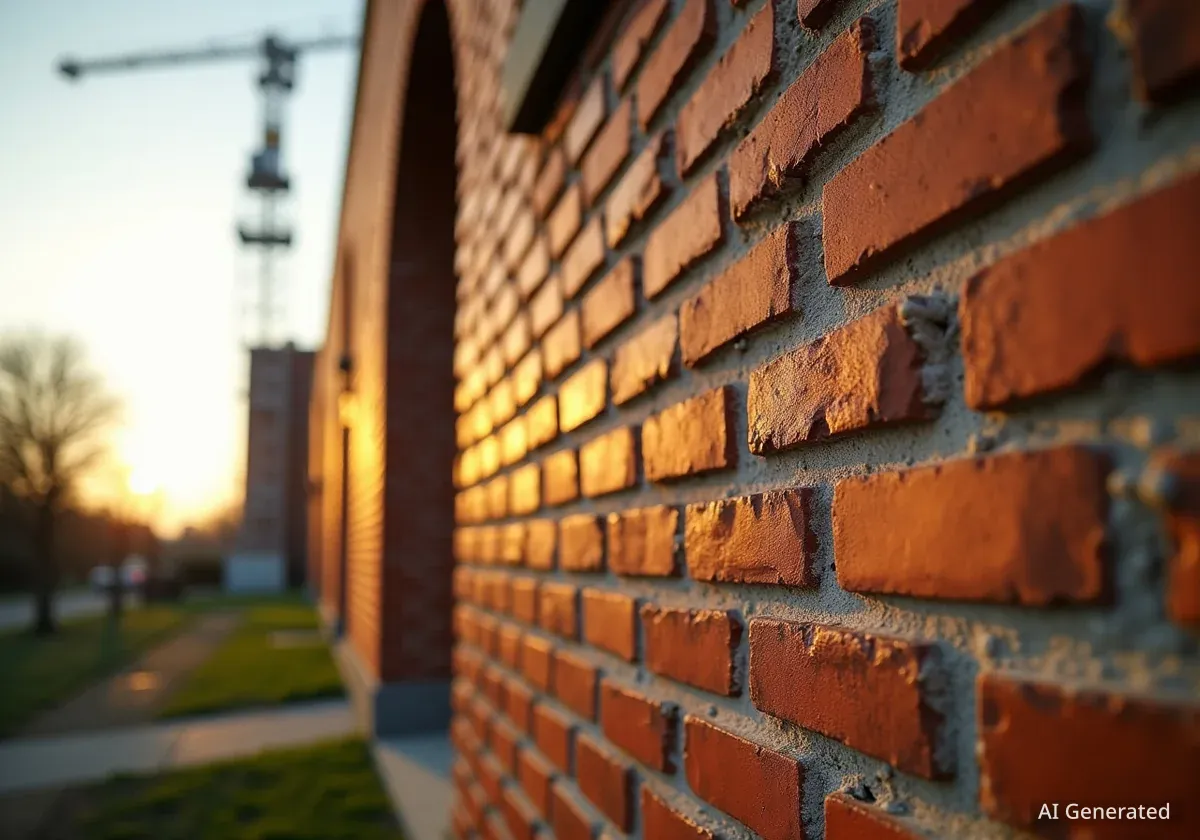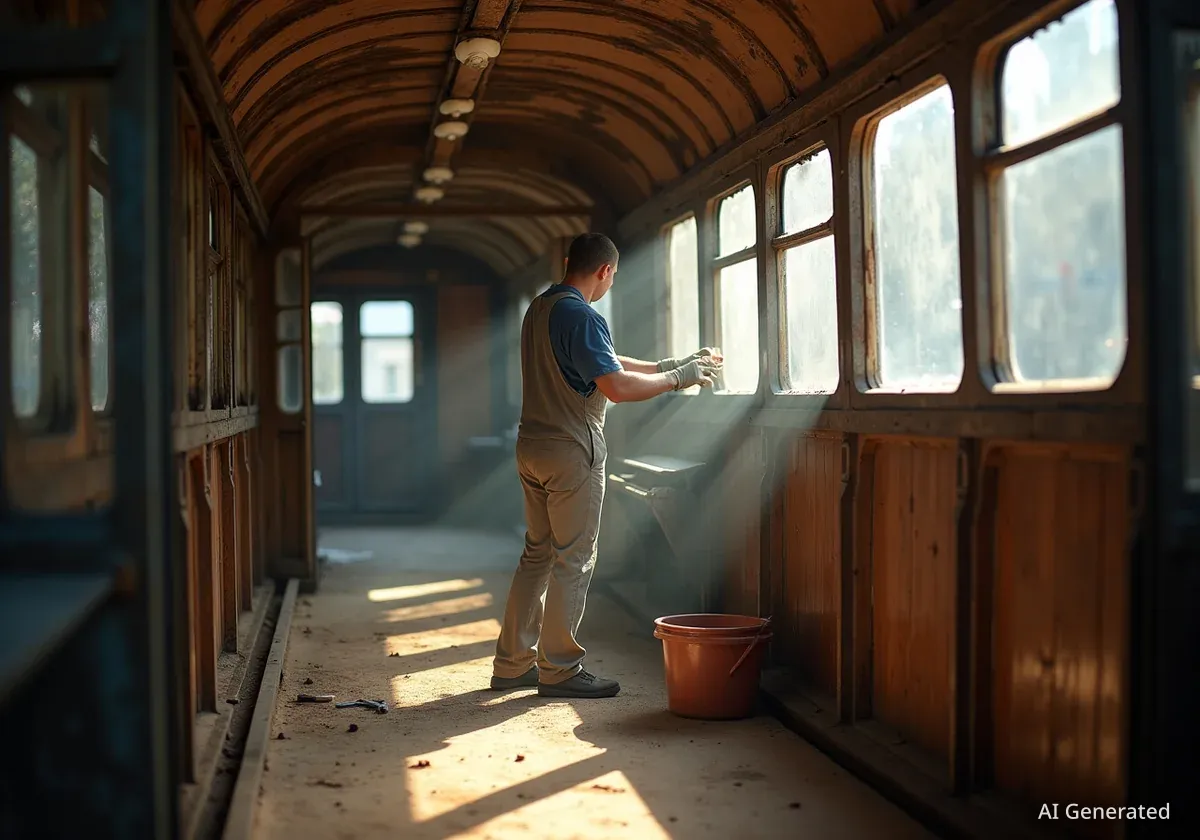Archaeologists in southern Germany have uncovered what appears to be the foundation of a monumental Roman tomb. This significant discovery, located in Wolkertshofen within the ancient Roman province of Raetia, offers new insights into Roman burial practices and the region's historical landscape.
The circular structure, measuring approximately 40 feet in diameter, suggests a grand scale. It was likely designed to support a large earthen mound, known as a tumulus, which would have been encircled by a retaining wall, marking a prominent feature in the Roman landscape.
Key Takeaways
- Possible foundation of a monumental Roman tomb discovered in Wolkertshofen, Germany.
- Circular structure is 40 feet in diameter, suggesting a large tumulus.
- A square base found on the southern side may have held a stele or statue.
- No human remains or grave goods found, indicating it might be a cenotaph.
- The site is next to a Roman road in the former province of Raetia.
Discovery in Ancient Raetia
The archaeological site lies strategically next to a Roman road, a common location for monumental burials in the Roman Empire. This placement would have ensured visibility and prominence for travelers, emphasizing the status of the individual it commemorated. The province of Raetia itself was an important frontier region, bordering Germania Superior and Noricum, and its Romanization brought significant infrastructure and cultural changes.
Excavations revealed the clear outline of the circular foundation. This type of structure, a tumulus, was a traditional form of burial mound used across various ancient cultures, including the Romans, often for prominent figures or families.
Interesting Fact
Roman tumuli were not always purely burial sites. Sometimes, they marked the resting place of a single individual, while others served as family mausoleums, housing multiple interments over generations.
Architectural Details and Potential Purpose
The 40-foot diameter of the circular foundation indicates a substantial construction. Imagine an imposing mound of earth rising from this base, likely visible from a considerable distance. Surrounding this earthen mound would have been a retaining wall, providing structural integrity and a defined boundary.
Further investigation uncovered a square base on the southern side of the circular structure. This base likely supported either a stele, a carved stone slab used as a monument or marker, or perhaps a statue of the person being honored. Such additions were typical for Roman funerary monuments, providing both artistic embellishment and clear identification.
"The strategic positioning next to a Roman road suggests the tomb was intended to make a statement, reflecting the importance of the individual or family it honored," remarked one archaeologist involved in the dig.
The Cenotaph Hypothesis
A notable absence at the site is the lack of human remains or grave goods within the circular foundation. This finding is crucial for understanding the monument's true purpose. While it could mean the contents were removed in antiquity, it also strongly suggests the possibility that this structure was a cenotaph.
A cenotaph is an empty tomb or a monument erected in honor of a person whose remains are elsewhere. Romans sometimes built cenotaphs for individuals who died far from home, whose bodies were unrecoverable, or to provide an additional place of remembrance. This theory aligns with the current archaeological evidence.
Historical Context
The Roman province of Raetia was established around 15 BCE. It encompassed parts of modern-day southern Germany, eastern Switzerland, and western Austria. Roman presence in the region led to the construction of roads, forts, and civilian settlements, profoundly impacting the local landscape and culture.
Significance of the Discovery
Even if an empty tomb, this discovery holds significant historical value. It provides tangible evidence of Roman funerary architecture and practices in Raetia. The monument's scale points to the presence of wealthy or influential Roman citizens in the area, capable of commissioning such elaborate structures.
The finding also contributes to our understanding of Roman road networks and how they shaped settlement patterns and cultural practices. Roads were not just for military movement or trade; they were also corridors for social display, with tombs often lining these important routes.
- Roman influence: Demonstrates the extent of Roman cultural and architectural impact in southern Germany.
- Societal insight: Suggests the presence of high-status individuals in the Roman province of Raetia.
- Architectural study: Provides a rare example of a monumental circular tomb foundation, aiding in the study of Roman funerary design.
Future Research and Interpretations
Archaeologists will continue to analyze the site, searching for any further clues that could confirm the identity of the person or family honored by this monumental structure. Detailed soil analysis, geophysical surveys, and comparisons with other Roman sites in the region will be essential.
Understanding whether this was a cenotaph or a tomb whose contents were later disturbed will be a primary focus. Regardless, the Wolkertshofen discovery adds another important piece to the complex puzzle of Roman life and death in their far-flung provinces.
The ongoing work at sites like this helps us reconstruct ancient societies, offering a window into their beliefs, social structures, and daily lives. Each new find, whether a grand tomb or a simple artifact, enriches our collective historical narrative.





